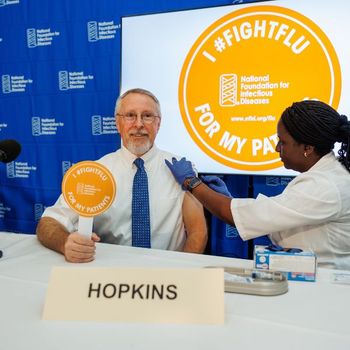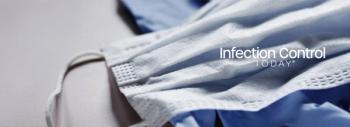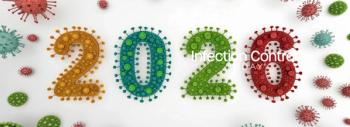
Revolutionizing Infection Prevention: AI-Driven UV Sanitization and Targeted Solutions
Shyld AI's autonomous UV sanitization system leverages AI to target high-risk surfaces, enhancing infection prevention, improving patient safety, and optimizing hospital workflows without disrupting operations.
AI is reshaping health care, especially in infection prevention.
“There are a few factors that are important in the adoption of AI. One is the automation and the workflow process. We need to make AI as easy as possible to adopt.” Mohamed Noshad, PhD, founder of
“If you need a technology that takes a lot of labor, then it will be challenging because you need to retrain the personnel," Noshad said. "You need to change the workflows so that the load needs to be on the technology so that you go. It's seamless integration with what already exists, and small and large facilities can use that. The second part is the financial burden. If you're building something too expensive to build right now, there are technologies you know are costly. And then, if you need labor, that's another cost factor that comes into play.”
Noshad discussed what is needed to use AI to improve infection prevention. “When you think about the state of the art and existing practices for sanitizing surfaces and ensuring patients don't get exposed to…pathogens within the hospital environment,” Noshad said. “Right now, most of those processes are manual, so labor is involved. People go into the room and clean surfaces without visibility for the whole process. When something is mainly a manual process, consistency is a challenge. When you think about standard care, consistency, and ensuring all services are sanitized properly right now, that doesn't exist today within hospitals.”
The compact, room-installed device seamlessly integrates into workflows, enhancing patient safety without disrupting operations. Beyond infection control, Noshad envisions AI applications in patient monitoring, fall detection, and optimizing hospital operations, ultimately improving health care quality globally while reducing HAIs effectively and affordably.
Noshad said, “When we started Shyld AI, we had this vision that with AI, we can identify what services have the highest risk of containing pathogens by monitoring the behaviors and dynamics of the room simply, like you know what areas people are touching, what equipment they're using, and then tracking different items and objects and resources across multiple rooms, and based on that building, kind of a probabilistic model on what surfaces have the highest chance of containing those pathogens.”
Watch the video to hear the entire interview!
Newsletter
Stay prepared and protected with Infection Control Today's newsletter, delivering essential updates, best practices, and expert insights for infection preventionists.






